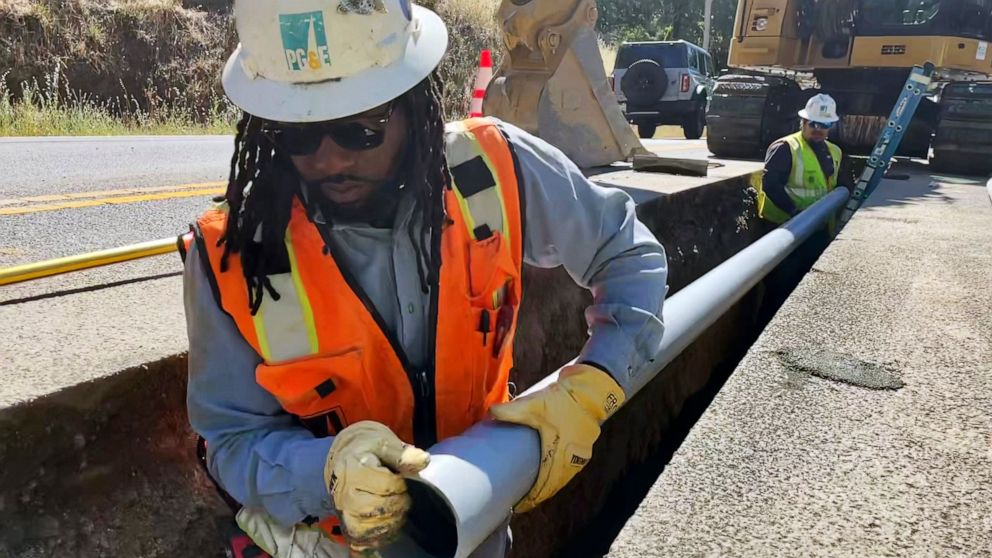BackCountry
Electrician
- Location
- Southern California
- Occupation
- Licensed Electrician and General Contractor
I have never limited export. Don't now how.
However, how would SMA know what the net export is? Seems like SMA would just measure gross solar output at the inverter, not net export at the meter??
Also, I second splitting arrays across orientations - if cost effective. Especially E-W if relatively steep pitch. However, if shallow pitch, won't make much diff.
Of course depends on specifics of array and roof.
Unfortunately that won’t work, it’s a ground mount, already built, and they don’t consider orientation with the CEC-AC sizing



